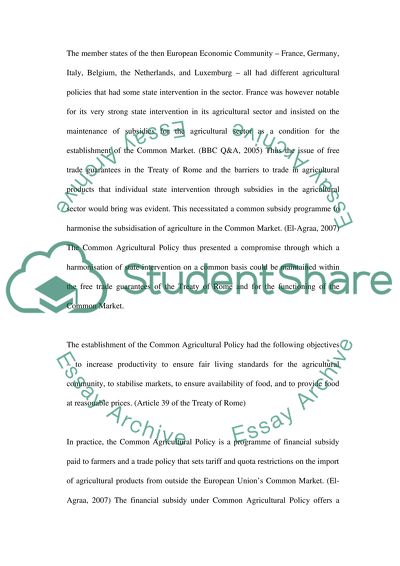Cite this document
(“The Common Agricultural Policy Essay Example | Topics and Well Written Essays - 2000 words”, n.d.)
Retrieved de https://studentshare.org/politics/1522462-the-common-agricultural-policy
Retrieved de https://studentshare.org/politics/1522462-the-common-agricultural-policy
(The Common Agricultural Policy Essay Example | Topics and Well Written Essays - 2000 Words)
https://studentshare.org/politics/1522462-the-common-agricultural-policy.
https://studentshare.org/politics/1522462-the-common-agricultural-policy.
“The Common Agricultural Policy Essay Example | Topics and Well Written Essays - 2000 Words”, n.d. https://studentshare.org/politics/1522462-the-common-agricultural-policy.


